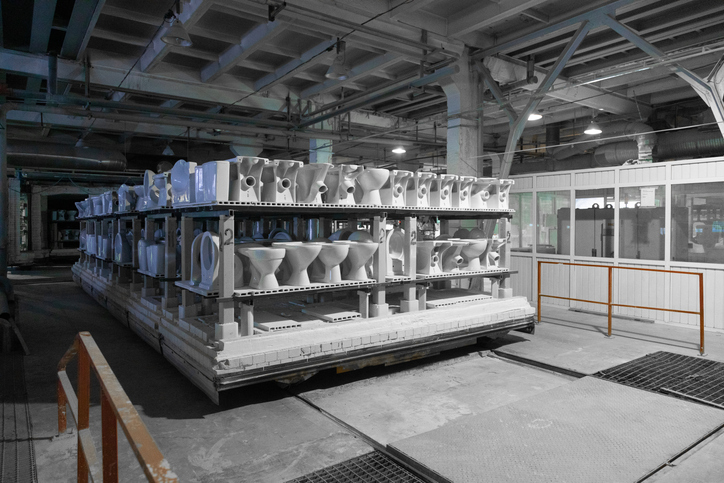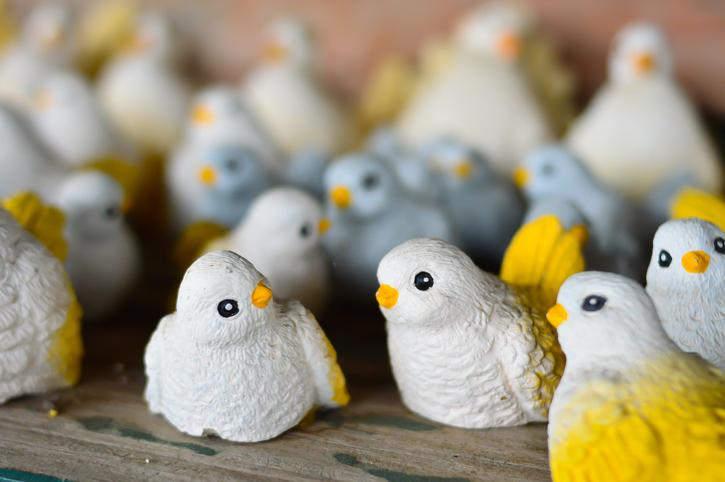To begin with, pottery is a ceramic item. But not all ceramics are pottery. Ceramics is a broad term that describes the manufacturing of items from nonmetallic elements (clay) that are fired to high temperatures.
Ceramics aren’t just dishes. There are many industrial applications such as electrical insulators, sanitary ware (commodes, sinks), even things like artificial coral reefs! But we are here to talk about pottery, right?

Potters make Pottery
In our sphere, ceramics refer to things made from porcelain, stoneware or earthenware clay that we sculpt or form and fire in a kiln. Studio potters such as myself make unique “pottery” items from these clays by throwing on the potter’s wheel or handbuilding. Most potters make things like bowls and mugs. Those are referred to as functional pottery pieces. Decorative pottery pieces would be something along the lines of a figurine or sculpture. They serve no functional purpose but are interesting to the eye.

Slipcasting
Often I hear people talk about ceramics and they are refering to “slipcasting”. This is entirely different from studio pottery. Slipcasting is the process of pouring a clay slurry into a plaster mold to mass produce items. Once the mold has set for a period of time, the item is removed, allowed to dry, then fired. Years ago, shops sold these pre-molded items for customers to paint (or technically glaze). There was no experience necessary to make a glazed slipcasted item. As consumer’s tastes changed, these shops have all but disappeared.

Potters are Ceramic Artists
Many potters consider themselves “ceramic artists” but are careful to distinguish themselves from those who make a living slipcasting. Fair warning, when you ask a potter or sculptor if they used a mold, it is usually considered an insult! Often I take the time to educate folks, especially when they are genuinely interested in my process.
Why does pottery cost more?
By learning the differences within the world of ceramics, one can better understand the creativity and artistry level in some applications. This helps you become a more informed consumer as well. Handmade pottery is usually priced higher than slipcasted items. This is because the length of time it takes to produce a handmade item is longer. Each piece is an original creation. When you shop at the big box store (rhymes with bobby) with the ceramic knick knacks, you are looking at slipcasted items, mass produced for mass consumption. Hence why the prices are so much cheaper.
Support an artist
I appreciate the time you took to read this article. You now have the knowledge to recognize handmade pottery items. If we ever have art shows again, I would encourage you to check out a potter’s booth at a show and ask questions. Even if you don’t buy anything, let them know that you appreciate their skill and artistry. A few compliments go a long way!
